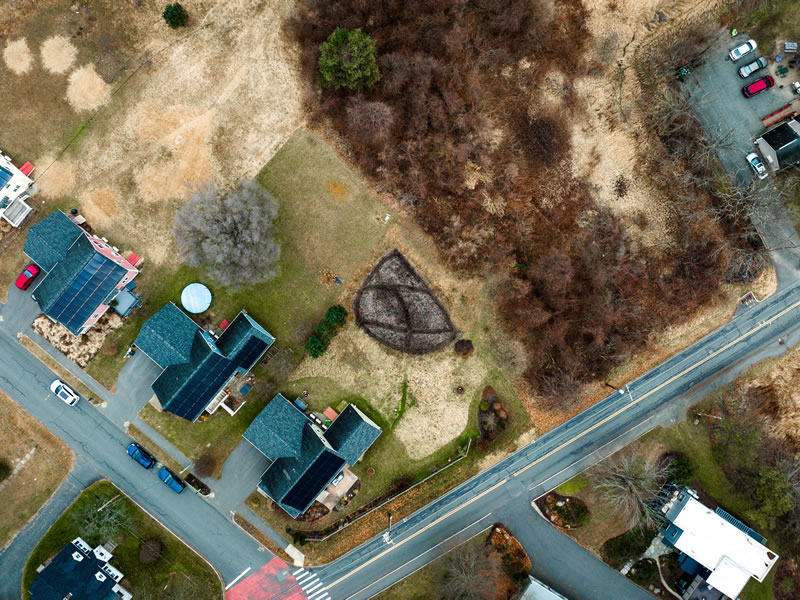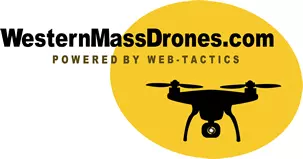In recent years, the use of aerial drone photography has revolutionized the field of landscape design.

This technology has allowed designers to capture stunning, high-resolution images of landscapes from a bird's eye view, providing a unique and comprehensive perspective that was not possible before.
Drone photography has become an indispensable tool for landscape designers, as it offers a wide range of benefits that greatly enhance the design process.
One of the main advantages of using aerial drone photography in landscape design is its ability to provide highly accurate and detailed information about the site. By capturing images from various angles and elevations, designers can obtain a complete understanding of the topography, vegetation, and potential obstacles of the landscape. This information is crucial for creating a design that is not only visually appealing but also functional and sustainable.
Moreover, aerial drone photography allows designers to visualize the landscape in its entirety, from a macro to a micro level. By zooming in on specific areas of the site, designers can spot potential issues or opportunities that may have gone unnoticed from ground-level observations. This level of detail and precision enables designers to make informed decisions and adjustments to their designs, resulting in a more efficient and effective process.
Another significant advantage of using Drone photography in landscape design is its cost-effectiveness. Traditional methods of site analysis, such as hiring a helicopter or conducting a land survey, can be time-consuming and expensive. With aerial drone photography, designers can quickly and easily capture a comprehensive view of the site at a fraction of the cost. This not only saves time and money but also allows designers to allocate their resources towards other aspects of the project.
Furthermore, aerial drone photography has opened up new possibilities for incorporating innovative and creative design elements into landscapes. By providing a unique perspective, designers can experiment with different design concepts and push the boundaries of traditional landscape design. This has led to the creation of stunning and one-of-a-kind landscapes that not only enhance the aesthetic appeal but also bring a sense of wonder and awe to viewers.
In addition to its practical applications, aerial drone photography has also had a significant impact on the marketing and presentation of landscape designs. With the ability to capture breathtaking images and videos, designers can showcase their work in a visually appealing and engaging manner. This is especially beneficial for presenting designs to clients, as it allows them to fully understand and appreciate the design before it is implemented.
In conclusion, the use of aerial drone photography has greatly transformed the landscape design industry. Its ability to provide accurate and detailed information, visualize the landscape in its entirety, cost-effectiveness, potential for creativity, and impact on marketing has made it an invaluable tool for designers. As technology continues to evolve, it is exciting to see how aerial drone photography will continue to shape the future of landscape design.

